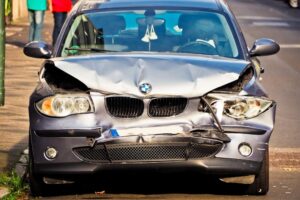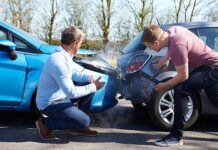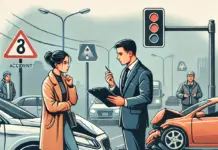Community collaboration on prevention and response measures can reduce car accident frequency and severity, promoting safer roads for drivers, cyclists, and pedestrians.
Car accidents cause significant life changes, emphasizing the need for holistic street safety measures. Legal support is crucial for those involved, addressing financial, emotional, and legal repercussions. Consulting a car crash lawyer in Memphis, TN ensures accident victims have knowledgeable allies to help them claim rightful compensation and navigate complex recovery processes.
Understanding the Scope of the Problem
Car accidents are a major global cause of preventable injuries and fatalities, with pedestrian and cyclist deaths increasing by 45% and 25% since 2010. Collective efforts, including urban planners, lawmakers, drivers, and community leaders, are crucial for effective prevention strategies.
Proactive Measures for Accident Prevention
Preventing car accidents involves a combination of safety frameworks, infrastructure upgrades, and public education. These include thoughtful street design, stringent speed limits, automated enforcement, and public awareness campaigns. These strategies ensure road safety and reduce crash rates.
Leveraging Technology for Safer Roads
Technology is transforming the fight for safer streets, offering powerful tools to prevent accidents and streamline emergency response. Intelligent Speed Assistance (ISA) is one such innovation, capping vehicle speeds to prevent dangerous driving. Virginia recently pioneered the use of ISA by requiring its installation after certain speeding convictions, reinforcing the link between technology and behavioral change. Automated Speed Enforcement (ASE) is another key advancement.
Effective Responses Post-Accident
Accidents can occur despite preventive measures, requiring swift, coordinated responses from emergency services, legal support, and community support systems. These measures help preserve life and reduce long-term burdens for victims, promoting a more complete recovery.
Conclusion
Building safer streets is everyone’s responsibility—drivers, policy makers, communities, and technology developers all have a role to play. We can significantly reduce traffic accidents and protect lives by synchronizing infrastructure improvements, leveraging new technologies, bolstering community outreach, and enacting strong legislation. Together, these efforts create a holistic culture of safety that benefits everyone who shares the road.








